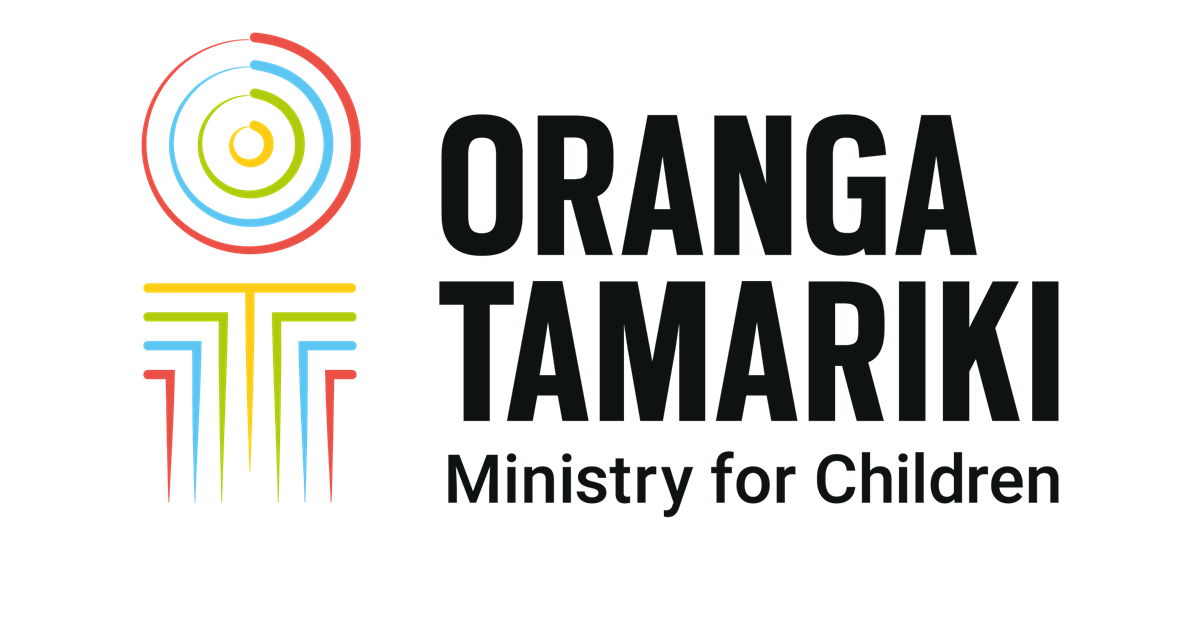Entries into Care
Published: August 23, 2023 · Updated: August 23, 2023
The number of entries to care has fallen significantly since 2018 (financial year), but the trend has tapered off in 2021 and 2023.
Background
Care refers to those in the custody of Oranga Tamariki with the majority of tamariki in the day-to-day care of whānau.
This analysis looks at the numbers of entries to care and who is affected by changes in entries to care. Previous work had shown a steady decrease in entries to care since F2016 (financial year), though this decrease has tapered off in F2021 and F2023.
Specifically, it asks:
- which groups of tamariki are most represented in the decrease? Which ages and ethnicities? Where do these children live?
- does the decrease in entries coincide with key events?
- how has practice changed over the last 3 years?
- what is occurring at the regional level?
Key findings
The number of entries to care has fallen markedly the past several years. The proportion of entries for tamariki Māori peaked in F2017, and has remained relatively stable since F2020, with the exception of an increase in F2022. The largest decrease over this time was for unborn and newborn pēpi, though this decrease has also tapered off and even slightly increased since F2021, where we saw the lowest proportion of entries for unborn and newborn pēpi Māori. The use of section 78 has dropped dramatically since its peak in F2017, though has slightly increased since its low point in F2021.
There have been numerous changes to Oranga Tamariki practice since 2017. These include investment in early support services, strengthening core social work practice, introducing and implementing the National Care Standards, and a framework for cultural competency. There has also been a focus on the design and implementation of prototypes and initiatives to support early engagement and assessment, development of intensive response services, and designing and ensuring greater support is provided to whānau. We also have a focus on Strategic Partnerships with iwi and how we work with providers.
We cannot directly attribute the decrease in the number of tamariki entering care to any one cause. The effect is a cumulation of a number of factors working together. Recent analysis of a 5 year period using the Oranga Tamariki Children’s Wellbeing Model did not show a significant shift in the health and development of tamariki, which may have explained the decrease.
Research files
-
Entries into Care A3 2023
A visual overview of the results of the analysis for 2023, presented on A3.
Pdf, 1.4 MB
-
Entries into Care A3 2022
A visual overview of the results of the analysis for 2022, presented on A3.
Pdf, 3.2 MB
-
Entries into care A3 2021
A visual overview of the results of the analysis, presented on A3.
Pdf, 265 KB
Supporting files
-
Why is the number of tamariki in care reducing?
This intelligence scan is intended to aid us in understanding why the number of tamariki entering care has reduced since 2017.
Pdf, 848 KB
-
Analysis of the decrease in the number of children entering care.
A quantitative analysis of operational and contextual data.
Pdf, 1.2 MB
-
Unsupported Child Benefit as an alternative pathway
Exploration of UCB supported care which followed a Report of Concern to Oranga Tamariki in 2019.
Pdf, 580 KB

